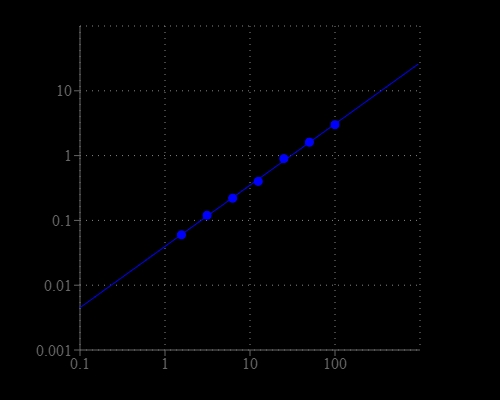Amplite® Colorimetric Aldehyde Quantitation Kit
Blue Color
The formation, reactivity and toxicity of aldehydes originating from the peroxidation of lipids of cellular membranes have received great attention in recent years. Rapid and accurate measurement of aldehydes is an important task for biological research, chemical research, food industry and environmental pollution surveillance. There are a few reagents or assay kits available for quantifying the number of aldehydes. Most of the existing aldehyde test methods are based on separations either by the tedious and expensive HPLC-MS or GC-MS. Kit 10053 uses a proprietary chromogenic dye that generates a strongly color product upon reacting with an aldehyde. This colorimetric kit provides a sensitive mix-and-read method to detect aldehydes (0.4 uM). The assay can be performed in a convenient 96-well or 384-well microtiter-plate format and easily adapted to automation without a separation step.


| Catalog | Size | Price | Quantity |
|---|---|---|---|
| 10053 | 200 Tests | Price |
Storage, safety and handling
| H-phrase | H303, H313, H333 |
| Hazard symbol | XN |
| Intended use | Research Use Only (RUO) |
| R-phrase | R20, R21, R22 |
| UNSPSC | 12171501 |
Instrument settings
| Absorbance microplate reader | |
| Absorbance | 620 nm |
| Recommended plate | Clear bottom |
Contact us
| Telephone | |
| Fax | |
| sales@aatbio.com | |
| International | See distributors |
| Bulk request | Inquire |
| Custom size | Inquire |
| Technical Support | Contact us |
| Request quotation | Request |
| Purchase order | Send to sales@aatbio.com |
| Shipping | Standard overnight for United States, inquire for international |
Page updated on January 8, 2026
